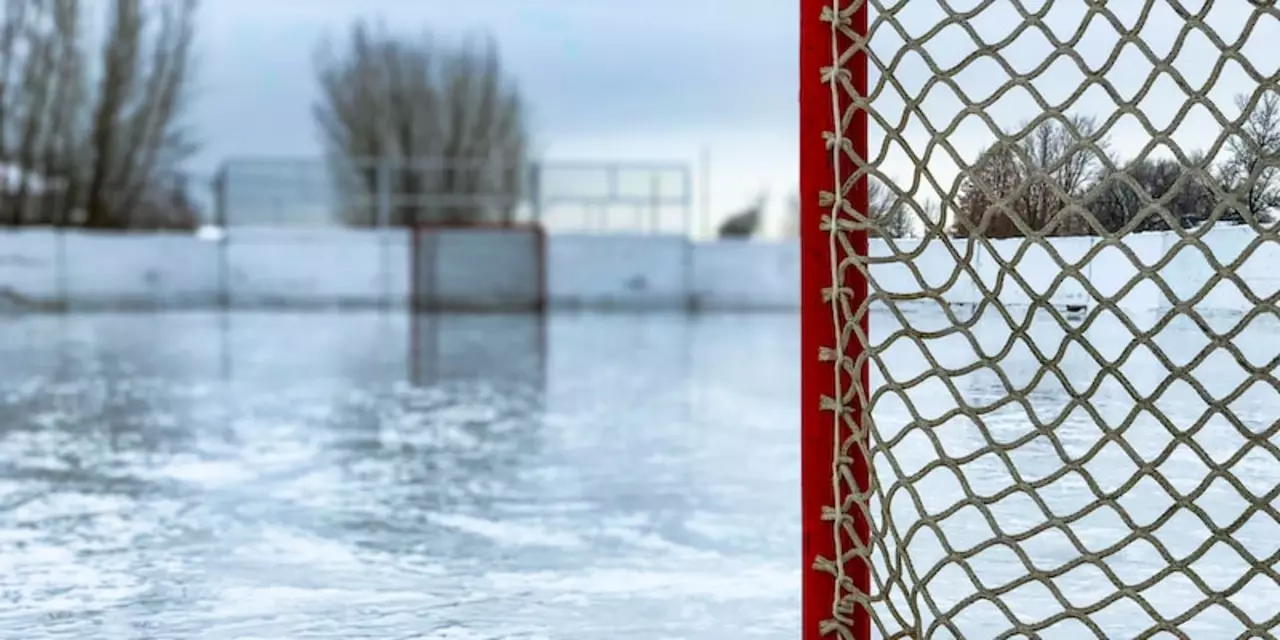Games – Everything You Need to Know About Hockey Matches
Welcome to the Games section of Bromley Hockey Club. Whether you play on grass, turf or ice, this page gives you straight‑forward information on the most common hockey games. We’ll cover the basics of each game type, share quick tips for playing better, and answer common questions that pop up on the pitch.
What Types of Hockey Games Are Out There?
Most people think of ice hockey first, but the sport actually comes in several flavours. The biggest ones are:
Ice hockey – played on a frozen surface with a rubber puck. Speed and quick stick work are the name of the game.
Field hockey – usually on grass or artificial turf. The ball is bright yellow, and you use the flat side of the stick to push, dribble and flick.
Roller hockey – either quad‑wheel or inline skates. The rules mirror ice hockey, but the surface is smooth concrete or wooden flooring.
Street hockey – a casual version played on any flat surface, often with a ball or a lightweight puck.
Underwater hockey – a niche sport where players wear snorkels and push a weighted puck along the bottom of a pool.
Each version has its own equipment, field size and key tactics. Knowing the differences helps you pick the right game for your skill level and local facilities.
Quick Tips for Common Game Situations
How to lift the puck or ball – Grip the stick firmly with the top hand near the end and the bottom hand a little lower. Place the ball or puck on the back edge of the blade, then snap your wrists upward. A fast flick sends the object into the air. Practice with the tip of the stick to get a clean launch.
Power vs. accuracy – Both matter, but the best shots combine them. Start with a strong, smooth swing, then aim the blade at the exact spot you want the puck to go. A hard shot that misses the net is useless.
Night game strategy – When games are under lights, the surface can be slicker and the crowd louder. Keep your eyes on the puck, not the glare, and stay loose with your shoulders to react fast.
Blue turf advantages – Blue pitches make the yellow ball easier to spot, especially from a distance. They also reduce sun glare. If you play on a blue field, use the bright colour to track fast passes and improve your positioning.
Overtime rules – In most professional leagues, overtime is three minutes with fewer players on the ice. If the tie persists, a shoot‑out decides the winner. Knowing the format helps you stay focused and manage your stamina.
Every game brings a different rhythm, but these basics apply across the board. Try them out in your next practice and you’ll feel the improvement right away.
Got more questions about a specific game type? Browse the other posts in this tag – we have articles on stick grip, jersey costs and why ice is used for hockey. Keep reading, keep practising, and enjoy every match you step onto.
